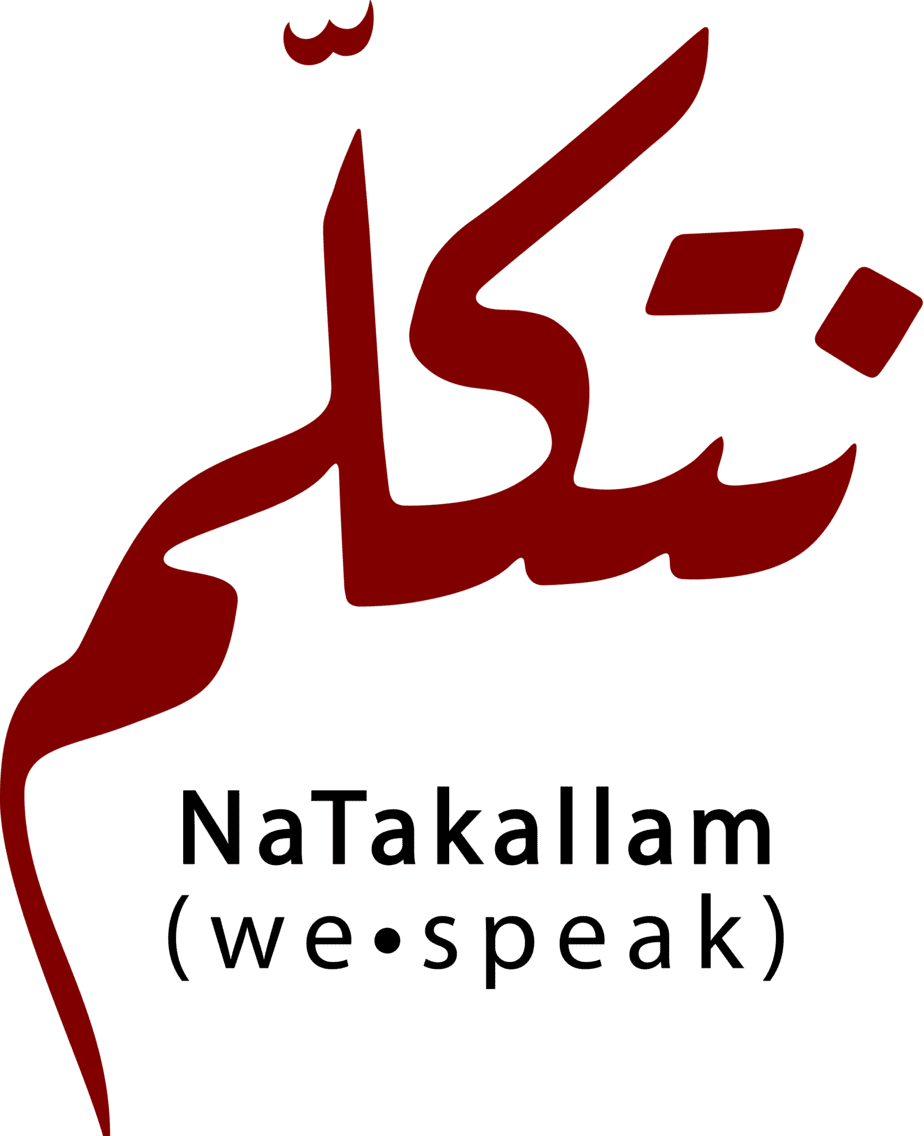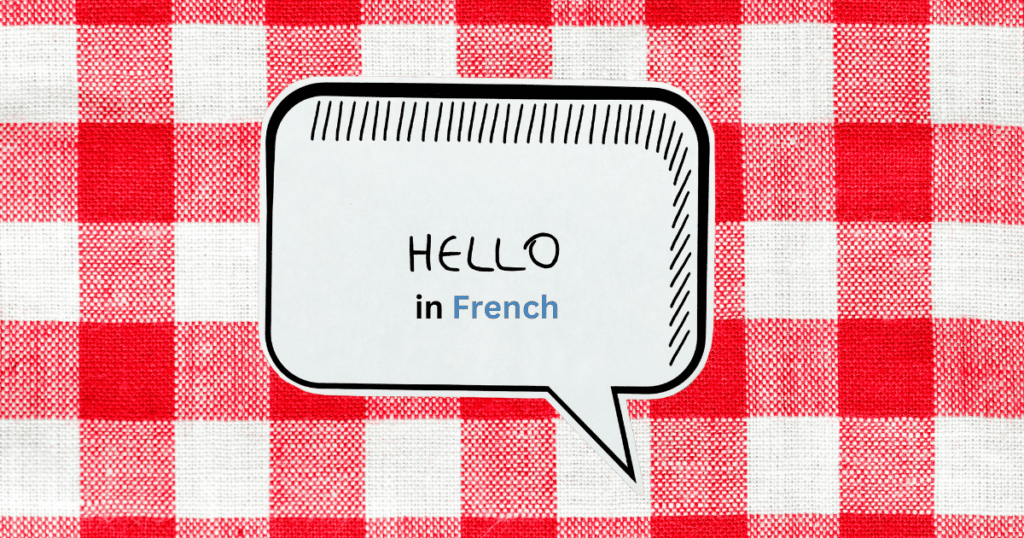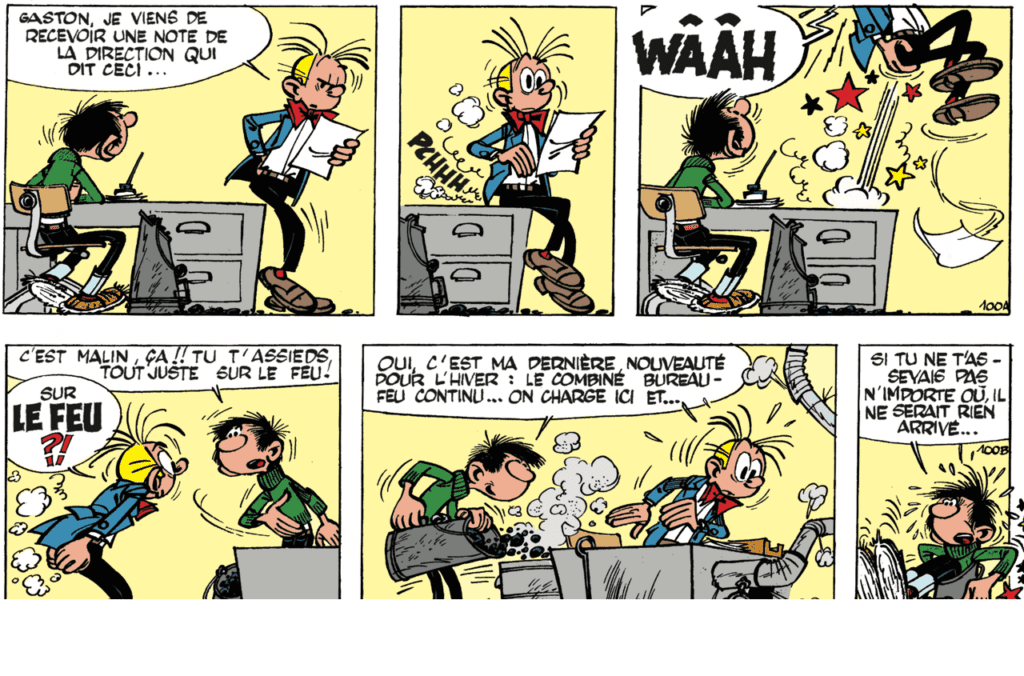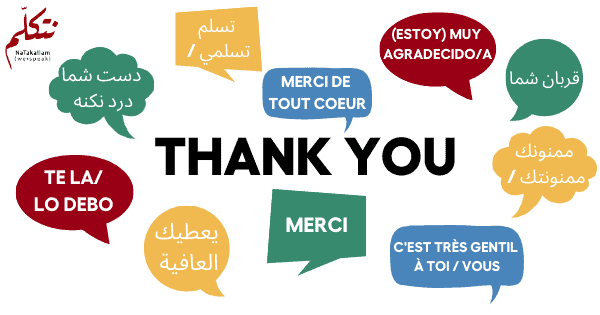French Slang Around the World

In any French lesson, you’ll mostly be learning standardized French — including with NaTakallam. But one of the advantages of learning from native speakers is that you also have access to all the fun, hip expressions that rarely make it into textbooks. Here’s a smattering for your enjoyment!
🦁 Belgium 🦁
While you might have learned that the French word for “lunch” is le déjeuner and “dinner” is le dîner, the Belgians call “lunch” le dîner and “dinner” is le souper (you might recognize the English word “supper” here). They also have different words for a couple of important numbers: “seventy” is septante instead of soixante-dix and “ninety” is nonante instead of quatre-vingt-dix.
🍁 Canada 🍁
When a French Canadian wants to tell you to “hold on tight” — whether literally or figuratively — they might tell you to attache ta tuque! A tuque being a knitted winter hat, a rather important garment in Canada!
🦍 Democratic Republic of Congo 🦍
Want to visit Congo’s famous wildlife parks? You’ll get extra brownie points if you remember to tell your guide merci mingi instead of merci beaucoup.
🐘 Côte d’Ivoire 🐘
You might know the standard French word maquis, which means a kind of shrubland and, by extension, a guerilla fighter. (French Resistance fighters in World War II were often called Maquis.) However, in Côte d’Ivoire, this term has come to mean a kind of local fast eatery serving African food.
🥐 France 🥐
If you’ve spent much time in France, you probably came across some examples of verlan, a collection of French slang words characterized by swapping the letters or syllables of the standard French word they’re formed from. Examples include meuf (from femme, woman, but carrying more the sense of a “chick”); relou (from lourd, heavy, and meaning emotionally heavy or irritating); and kanri (from américain).
⚜️ French Guiana ⚜️
French Guiana is officially an overseas department of France, but being located across the ocean in South America, it understandably has developed its own vernacular! One example is djal, which means copain or copine, the French words for “boyfriend” and “girlfriend.”
🐝 French Reunion 🐝
Another overseas French department, Reunion is located in the Indian ocean and is the original source of the famed French vanilla. It too has its own unique version of French, and one lovely word you’ll hear here is dalon, which means ami — “friend.”
⛰️ Switzerland ⛰️
We’ll wrap up this world tour with Switzerland, where French is one of four official languages. Swiss French uses the same numbers as Belgium along with huitante for quatre-vingt (“eighty.”) But a more casual expression you’ll hear is Ça joue ? Which means “Is it playing?” and is the Swiss version of Ça va ? or “How’s it going?”
Feel free to comment with your favorite French slang expression! To learn more, check out Eleven Ways to Say Hello in French, French Words That Made Their Way from Arabic, or a detailed explanation of French’s two competing Counting Systems. Or simply sign up for a FREE trial of a French lesson with a NaTakallam native-speaking Language Partner!
ABOUT THE AUTHOR: Mikaela Bell is a freelance editor and content writer with a background in anthropology and linguistics. An American based in France, she is also fond of reading, cooking, studying languages, fibercrafts and Irish stepdance.
French Slang Around the World Read More »





 1. Paska (Ukraine)
1. Paska (Ukraine)  2. Kaek and Ma’amoul (Egypt and the Levant)
2. Kaek and Ma’amoul (Egypt and the Levant) 3. Fattah (Egypt)
3. Fattah (Egypt) 4. Rosca de Pascua (Argentina)
4. Rosca de Pascua (Argentina) 
 6. Petits Nids de Pâques (France)
6. Petits Nids de Pâques (France)







